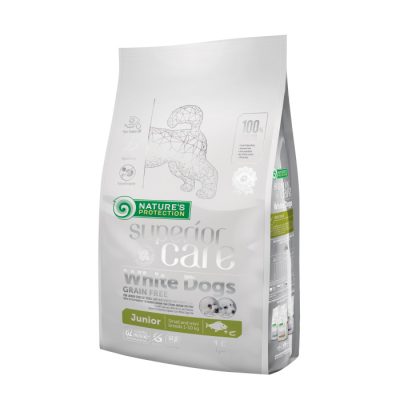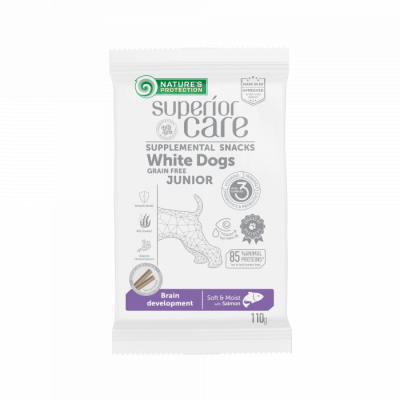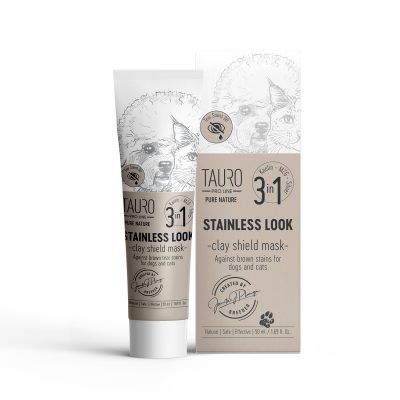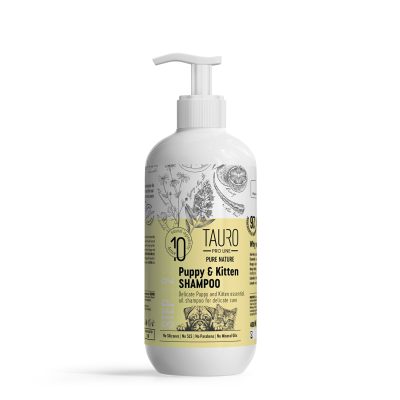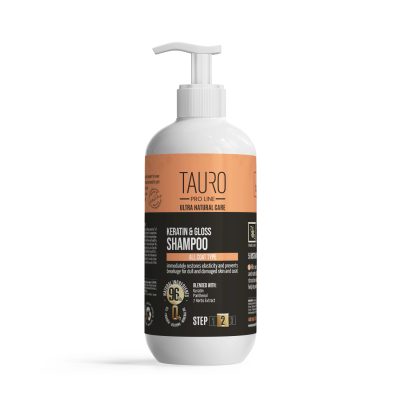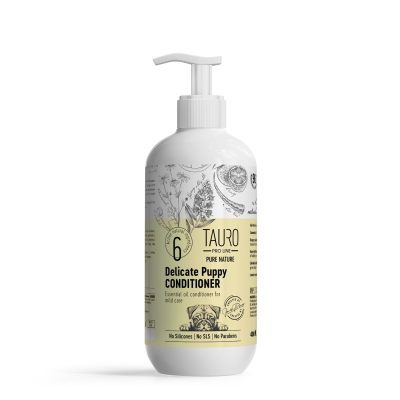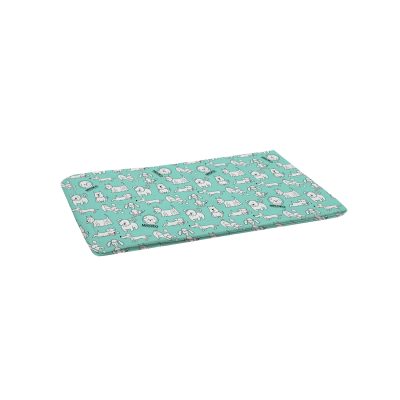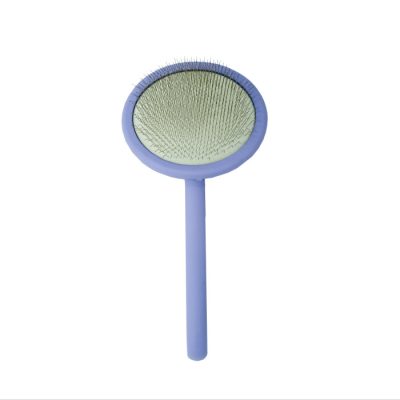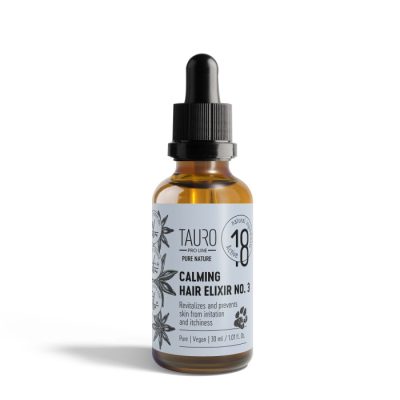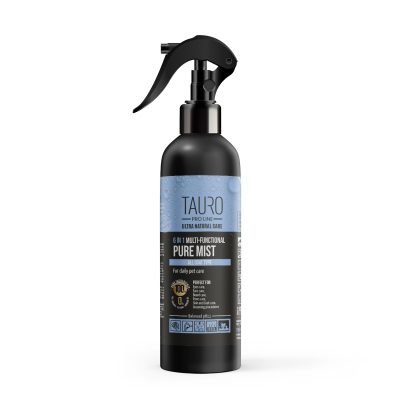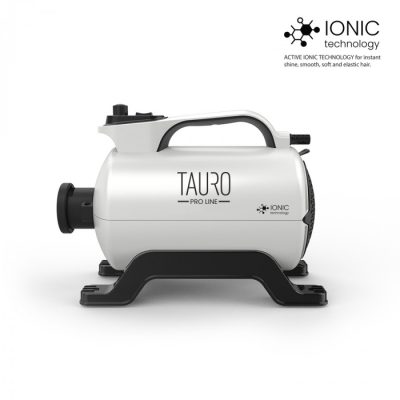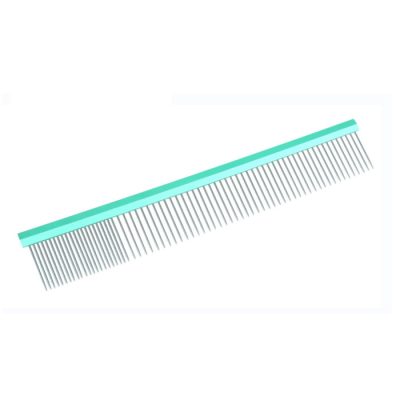MALTESE BICHON
Dog breed characteristics & care
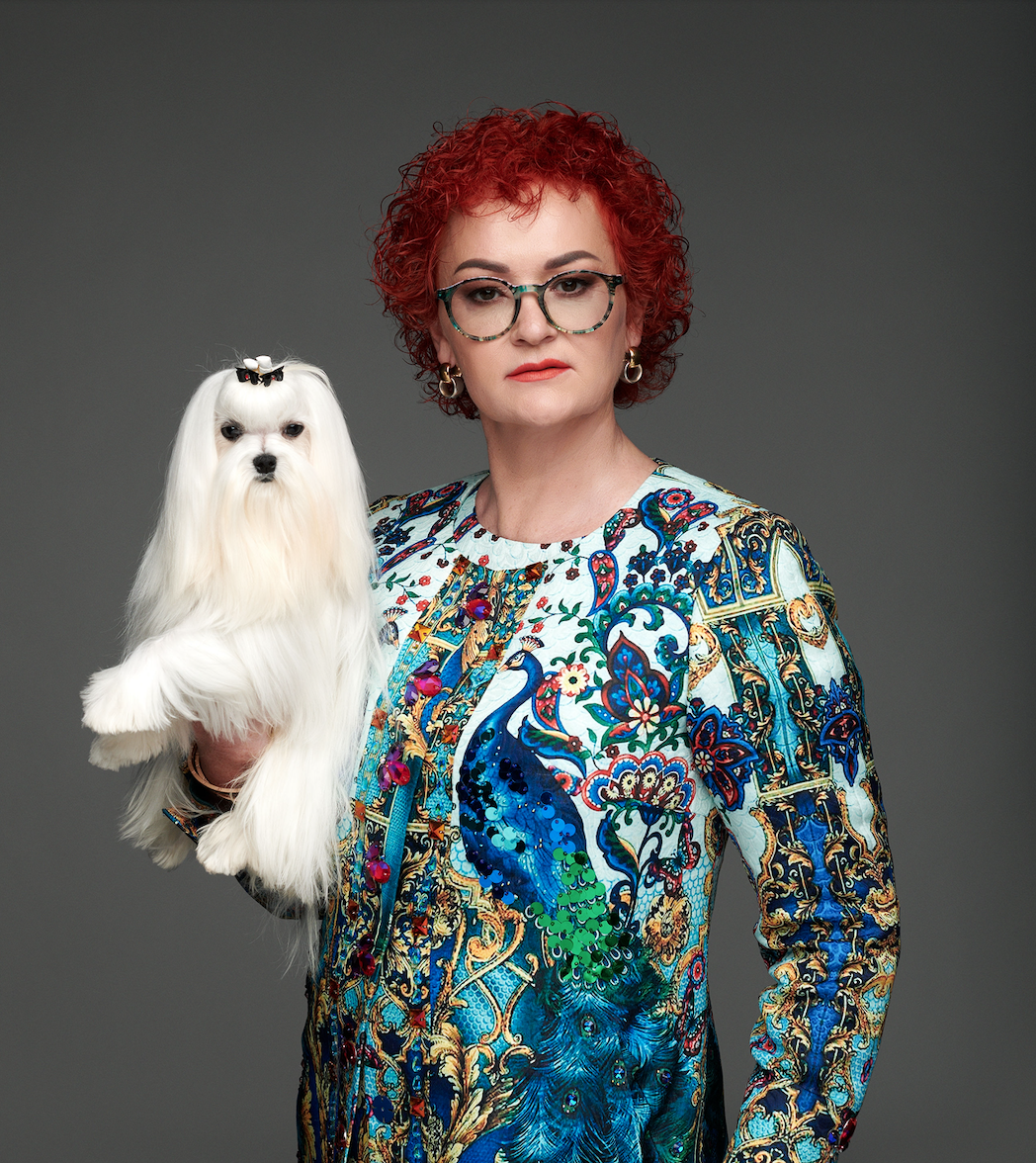
Table of Contents:
CHARACTER
APPEARANCE
BREED CHARACTERISTICS
HEALTH, CARE, TRAINING
PAPERS PROVE THE BLOODLINE
DOG WITHOUT PAPERS
NUTRITION
Frequently Asked Questions
The Maltese Bichon is a dog with a cute appearance and a friendly disposition. He is characterized by inexhaustible activity both outdoors and at home. When trained from a young age, it gets along well with children and other animals. Dogs of this breed do not like to be alone and simply adore the company of people and especially their owners.
The ancestors of this little dog lived in the ports and maritime cities of central Mediterranean, where they hunted mice and rats that were found in profusion in the harbours’ warehouses and in the hold of ships. These dogs were known in Ancient Rome: favourite companion of the matrons, and praised by Strabon, Latin poet of the first century A.D. Representations of the Maltese by numerous Renaissance painters show this little dog in the salons of the period at the side of beautiful ladies of the time
CHARACTER
Maltese Bichons are affectionate and loyal dogs that constantly show endless love to their owners. They get along well with children and other animals, but this must be taught from an early age. They are quite active dogs that require the owner's attention and games even when they are at home. 15-20 minutes of active time is enough for dogs of this breed, after which the Maltese Bichon will likely to want to rest. This also applies to walks - extremely long walks or difficult terrain are tiring for this dog. They are affectionate dogs who want to be near their owners all the time.
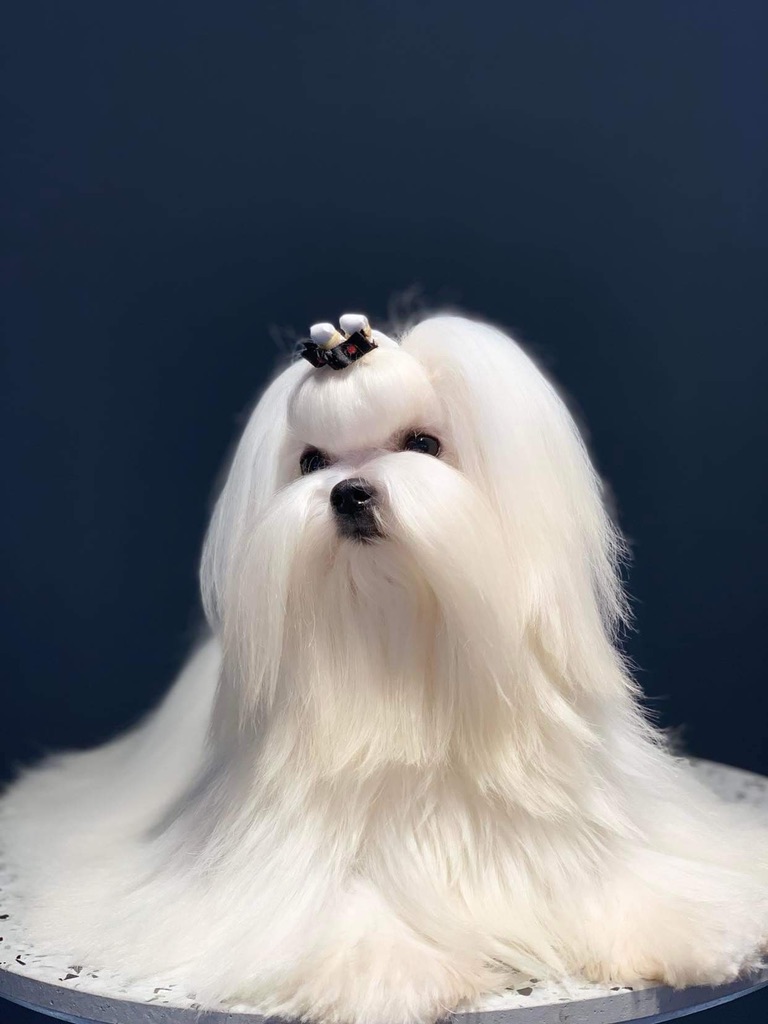
APPEARANCE
Maltese Bichons belong to the toy dog breed category. Their body is elongated, the height of males at the crest reaches up to 25 cm, bitches - up to 23 cm, weight up to 3 kg. The head is medium in size, the muzzle is straight. The edges of the lips and the nose are black. The eyes are quite large, round, dark in colour. The ears are triangular, flat, hang close to face. The tail grows high, rather long, tapering towards the end. The whole body is covered with long hair, of which the length can reach up to 22 cm. A distinctive feature of the Maltese Bichon is a long and soft coat with a silky texture. It can flow down to the dog's feet - this length of coat is usually grown for participation in shows. For non-show Maltese Bichons usually a short coat is kept to make the coat easier to care for.
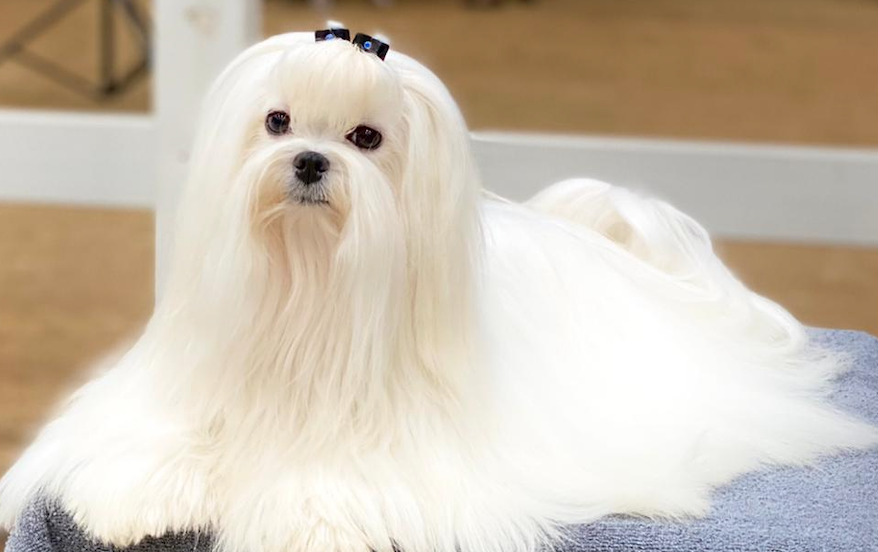
BREED CHARACTERISTICS
Height
20 – 25 cm
Weight
2 – 3 kg
Life expectancy
13 – 14 years
Coat colour
White
Character traits
Smart, understanding, affectionate, loving, active, playful, clever
Hypoallergenic
Yes
Group
FCI group 9
Origin
Europe
HEALTH, CARE, TRAINING
Maltese bichons are one of the healthiest dog breeds. Rarely, however, patellar dislocation or iris atrophy may occur. The coat requires the most care, but mostly if the dog is planned to participate in shows. Maltese Bichons, that participate in shows, have long coats that often needs to be combed, tied up, and protected from tangles. If the pet does not participate in shows, the coat can be kept short - the care of the coat will be less difficult. Grooming procedures are recommended to be done at a professional animal grooming salon. Like other dogs with white coat, Maltese Bichons require care and daily hygiene - eye cleaning and regular bathing for the coat to always remain snow-white, and prevent brown tear stains from forming. Maltese Bichons are quite stubborn, so training is not the easiest task. However, once you start teaching obedience commands and form appropriate behaviour, Maltese Bichons listen to their owners perfectly. Training at an early age and proper motivation for dogs of this breed is very important.
Main tips how to take care of Maltese Bichon
Main tips how to take care of Maltese Bichon
- do not forget to do eye hygiene every day
- brush the coat few times per week
- bath one time per week
- visit grooming salon one time per month
PAPERS PROVE THE BLOODLINE
- Documents guarantee a lower probability of hereditary diseases
- The documents guarantee that you are buying a noble representative of the breed, which is visible in the genealogical tree
- The documents guarantee that you are purchasing a puppy from a responsible breeder
- You can receive advice from the Kennel team on raising and caring for your pet
DOG WITHOUT PAPERS
- When breeding "unselected" representatives of the breed (dogs without pedigree documents), certain modifications are possible, which can lead to significant changes in the breed's exterior and character
- The puppy might be sick and mentally unstable
- You do not have the opportunity to have consultation with your dog's breeder
- You will not be able to participate in dog shows
NUTRITION
Maltese Bichons are not picky about their food, but in order to maintain their excellent appearance and health, it is recommended to feed them with dry food specially designed for small breed dogs with white coat. Such feed provides the pet's body with all the necessary nutrients, does not cause allergies and is easily digestible. These dogs have fast metabolisms, burn energy quickly, and because of their small stomachs, they need to eat little and often. Treats should be chosen responsibly and given in moderation. It is also recommended to choose treats for dogs with white coat.

Frequently Asked Questions
Give your puppy an anti-worm medication every 1 month until they are 1 year old. From the age of 1 year old - give every 3-4 months. If the pet is going to live with other animals and will be having very frequent contact with them, then even when the dog is an adult, give anti-worm medication every 1-2 months. with a repeated treatment after 10 days.
If you give treats from your table or the puppy eats something inappropriate outside, it may start to have diarrhea and/or vomiting. Diarrhea can also be caused by too much food or fatty products. Diarrhea and/or vomiting causes the dog to lose nutrients from the diet, which can lead to the pet feeling weak. To prevent this from happening, supplement the pet's diet with Nature's Protection Microzeogen. It will help remove toxins, regulate the intestinal microflora and help the pet to regain its strength.
Eating feces is not a problem since most young puppies do. However, it carries the risk of contracting various parasites. If your pet eats feces, give your puppy Nature's Protection Stop Stool Eating supplement, which can help to maintain proper stomach acidity and protect the digestive tract from irritation, which often causes pets to eat feces.
There can be several reasons for it: there might be some hair that have been left in the coat after the coat has been trimmed that tickle the skin. In this case, comb the puppy well, if necessary - bathe it again. Due to experienced stress, for example, after a change of environment, first car journey, etc. Allergies - there may be allergies to food, dust (which usually collects in the carpets), medicine, allergy inducing treats. If the scratching is of nervous nature, vaporize essential oils with calming properties (lavender, special essential oil blends) by adding a few drops to an aromatherapy diffuser. If the dog is scratching for a longer time, look for the source of the allergy and eliminate it. Bathing with Tauro Pro Line Elixir No. 3 will help soothe skin irritation. Add 15-20 drops to shampoo or conditioner and bathe the pet. A skin-soothing treatment in an ozone bath can also help. Procedures are performed in all KIKA grooming salons and in the Tauro Grooming Academy SPA salon in Kaunas.
There is no 100% protection, but you can use 5 levels of protection consisting of 1 veterinary remedy and 4 natural remedies to achieve the best protection. Veterinary remedy can be drops, which protect up to 1 month or a chemical collar, which protects up to 8 months. Natural remedies can include a natural collar, essential oils or their mixtures, an ultrasonic pendant, sprays, foams for coat and shampoos. These tools should be used often or every time you take your pet for a walk.

